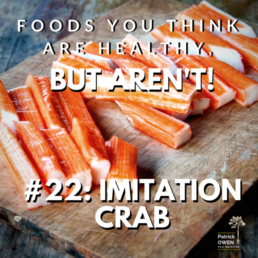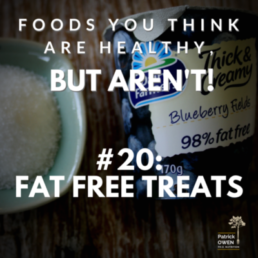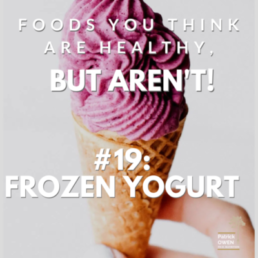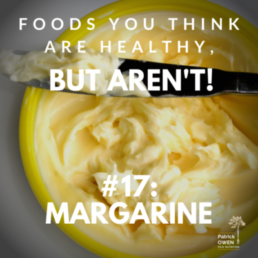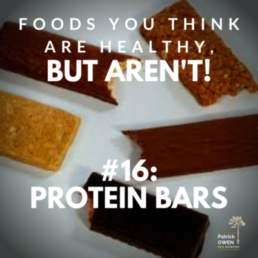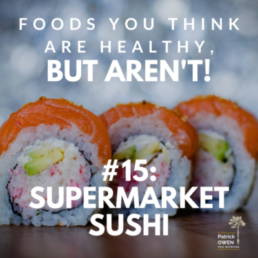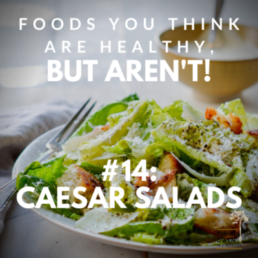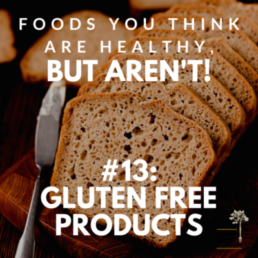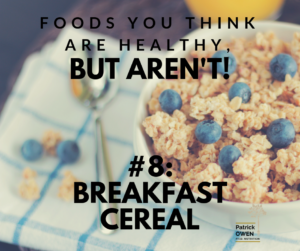
WHY WE THINK IT’S HEALTHY:
The health benefits of breakfast cereals are largely the result of a hugely successful marketing campaign that began as early as the 1900s. Kids are especially targeted, and many can’t imagine breakfast without a bowl of cereal. “Part of a balanced breakfast” is a term coined by the cereal industry because it fortifies its products with vitamins and minerals. Assuming you stay away from the sugar and salt bombs made for kids, breakfast cereals that are high in fiber, nutrient-enhanced, low in sugar and organic sound like a wise and healthy option.
WHY IT’S NOT:
All packaged, dry cereals are processed using a method called extrusion. This involves high heat and high pressure to turn grains into the O’s, flakes and alphabet letters of common breakfast cereals. This process destroys most of the grain’s natural nutrients, including some of the chemical vitamins that were added to fortify it.
The protein content of grains is also affected by extrusion. Proteins exposed to such high temperatures are denatured and altered to produce compounds that are potentially harmful. Keep this in mind when you buy high-fiber organic cereals that usually have a higher protein content than the conventional stuff, and thus, more denatured protein. These high-fiber bran cereals are also quite high in salt; some brands even give you more than what you would find in a bag of chips.
In terms of nutrition, don’t count too much on the synthetic vitamins and minerals that are added to it. These are often not absorbed efficiently. Depend, rather, on the fruit and milk that you add to it. If you like your grains in the morning, go for good old-fashioned porridge made from non-extruded grains like steel-cut oats.
